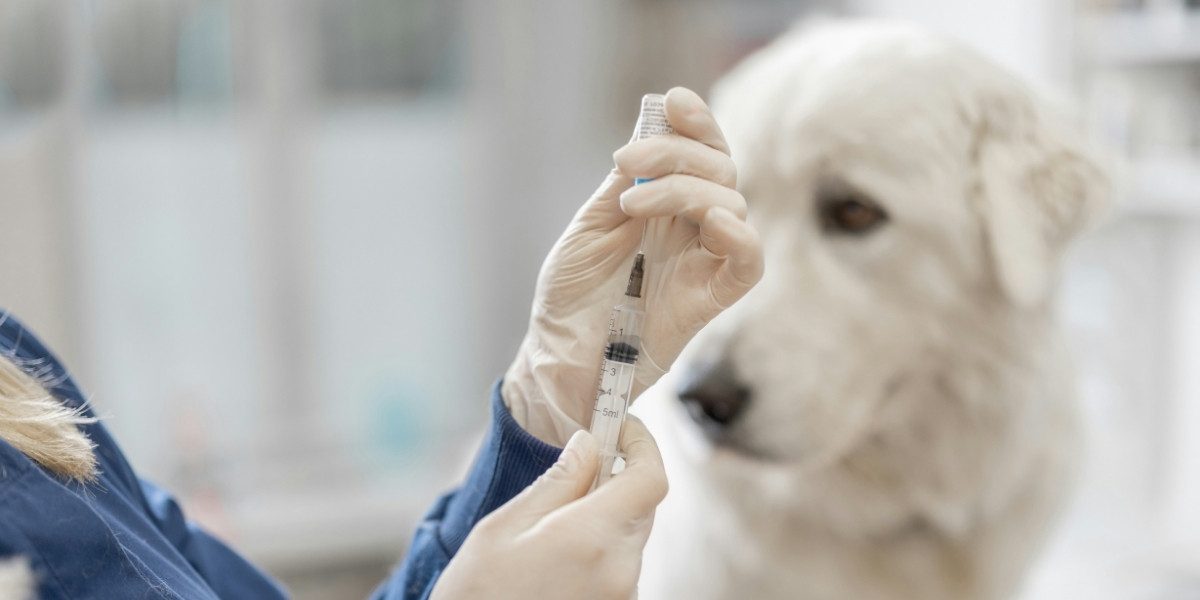Rabies remains one of the most deadly infectious diseases in the world, claiming tens of thousands of lives every year, despite being entirely preventable. Spread primarily through the bites of infected animals, rabies is a viral disease that affects the central nervous system and can lead to death if left untreated. While the disease is most common in developing countries, rabies is a global health threat that affects both humans and animals. This article delves into the science of rabies, its symptoms, how it spreads, and the efforts made worldwide to prevent and eradicate this devastating disease.
Read Also: How to Prevent and Control Chronic Health Conditions
What is Rabies?
Rabies is caused by the rabies virus, which belongs to the Rhabdoviridae family. The virus primarily affects the central nervous system, attacking the brain and spinal cord. When an individual is bitten or scratched by an infected animal, the virus enters the body through the wound and travels through the nervous system. If untreated, it ultimately leads to encephalitis (inflammation of the brain), causing symptoms that worsen over time and, if not managed, result in death.
Once symptoms begin, rabies is almost universally fatal, but with early intervention through post-exposure prophylaxis (PEP), the virus can be prevented from causing death. However, without timely treatment, the progression of rabies leads to severe neurological complications, including paralysis, hydrophobia (fear of water), and severe agitation. As the disease advances, individuals may experience seizures, and death typically occurs due to respiratory failure.
How Does Rabies Spread?
Rabies is primarily transmitted through the saliva of infected animals via bites, scratches, or open wounds. In many cases, domestic dogs are the most common source of rabies transmission to humans, particularly in countries where rabies control measures, such as vaccination programs for pets, are not widely implemented. Other animals, including bats, foxes, and raccoons, can also transmit the disease.
The virus is spread when the infected animal bites or scratches another animal or human. Rabies can also be transmitted through contact with open wounds or mucous membranes (eyes, nose, mouth) if an infected animal’s saliva comes into contact with those areas.
While human-to-human transmission is exceedingly rare, it has been reported in some cases through organ transplants or bites from an infected individual. This highlights the importance of recognizing the symptoms of rabies early and taking appropriate precautions for both humans and animals.
Symptoms of Rabies: Recognizing the Warning Signs
The symptoms of rabies typically appear 1 to 3 months after exposure to the virus, although they can surface as early as a week or as late as a year after infection. The progression of the disease can be broken down into stages:
Prodromal Stage (Early Symptoms)
The prodromal stage typically lasts for 2 to 10 days and is characterized by general, flu-like symptoms. These may include:
- Fever
- Headache
- Fatigue
- Pain or tingling at the site of the bite or scratch
- Loss of appetite
- Nausea and vomiting
Acute Neurological Stage
As the disease progresses, the virus attacks the brain, leading to more severe neurological symptoms. This stage often includes:
- Agitation
- Confusion
- Hallucinations
- Excessive salivation
- Difficulty swallowing (leading to hydrophobia)
- Muscle spasms
- Paralysis (starting at the site of infection and spreading to other parts of the body)
Coma and Death
In the final stages of rabies, the person may slip into a coma and eventually experience cardiac arrest or respiratory failure, leading to death. Without intervention, death is inevitable once the advanced neurological symptoms develop.
Prevention of Rabies: Key Strategies
Rabies is a preventable disease, and several strategies can be employed to minimize the risk of infection. The focus of rabies prevention revolves around vaccination, public awareness, and responsible pet ownership.
Vaccination of Animals
One of the most effective ways to control rabies is through the vaccination of domestic animals (primarily dogs and cats). Vaccinating pets prevents the spread of the disease, especially in areas where rabies is common. In countries where rabies is endemic, government and health organizations focus on ensuring that domestic animals are vaccinated regularly to reduce the risk of transmission.
Rabies Vaccination for Humans
In areas where rabies is prevalent or where there is a high risk of exposure (such as in veterinary work, animal control, or travel to high-risk regions), individuals can receive a pre-exposure prophylaxis (PrEP) rabies vaccine. This vaccine does not eliminate the need for post-exposure treatment but can reduce the severity of the disease if exposure occurs.
For those who are bitten or scratched by an animal suspected of being infected, the post-exposure prophylaxis (PEP) involves a series of rabies vaccinations. PEP must be administered as soon as possible after the exposure to prevent the virus from reaching the central nervous system.
Control and Monitoring of Wildlife
Efforts to control rabies in wildlife populations are also critical in preventing the spread of the virus. For example, in many parts of the world, efforts are underway to vaccinate wildlife species, such as foxes and raccoons, through oral rabies vaccines. These baits containing vaccines are distributed over large areas to vaccinate wild animals and reduce the overall spread of the virus.
Public Awareness and Education
Raising awareness about rabies prevention is crucial in regions where people may not recognize the risks or know how to prevent exposure. Educational programs that teach the importance of avoiding contact with wild animals and seeking prompt medical treatment after an animal bite can save lives.
Improved Animal Control
Municipalities should focus on proper animal control measures, including ensuring that stray animals are vaccinated, regulated, and monitored to reduce the risk of rabies transmission.
Efforts to Eradicate Rabies: Global Initiatives
Rabies eradication efforts have been underway for several decades, with numerous organizations and governments around the world working toward eliminating the disease. Key initiatives include:
The Global Elimination of Dog-Mediated Rabies by 2030
The World Health Organization (WHO), in collaboration with partners like the World Organisation for Animal Health (OIE) and Global Alliance for Rabies Control (GARC), has set a target to eliminate dog-mediated rabies by 2030. This goal involves increasing access to vaccination programs for both animals and humans, as well as improving the availability of PEP.
Improved Access to Vaccines
In low-income regions where rabies is still widespread, access to both animal and human vaccines remains a major challenge. Programs aimed at providing affordable vaccines, establishing vaccination campaigns, and improving distribution networks are essential to the success of eradication efforts.
Surveillance and Data Collection
Effective surveillance of rabies cases in both animals and humans is crucial to tracking outbreaks and implementing control measures. By collecting data on rabies incidence and identifying high-risk areas, public health organizations can focus their efforts where they are most needed.
Read Also: Handwashing Techniques for Germ Prevention: Your Guide to Staying Healthy
Rabies is a preventable disease with deadly consequences, yet effective prevention and early intervention can stop the disease in its tracks. Global efforts to vaccinate animals, educate communities, and improve access to medical care are key to reducing the impact of rabies worldwide. Through continued research, awareness, and investment in vaccination programs, we can work towards a future where rabies is no longer a global health threat.







